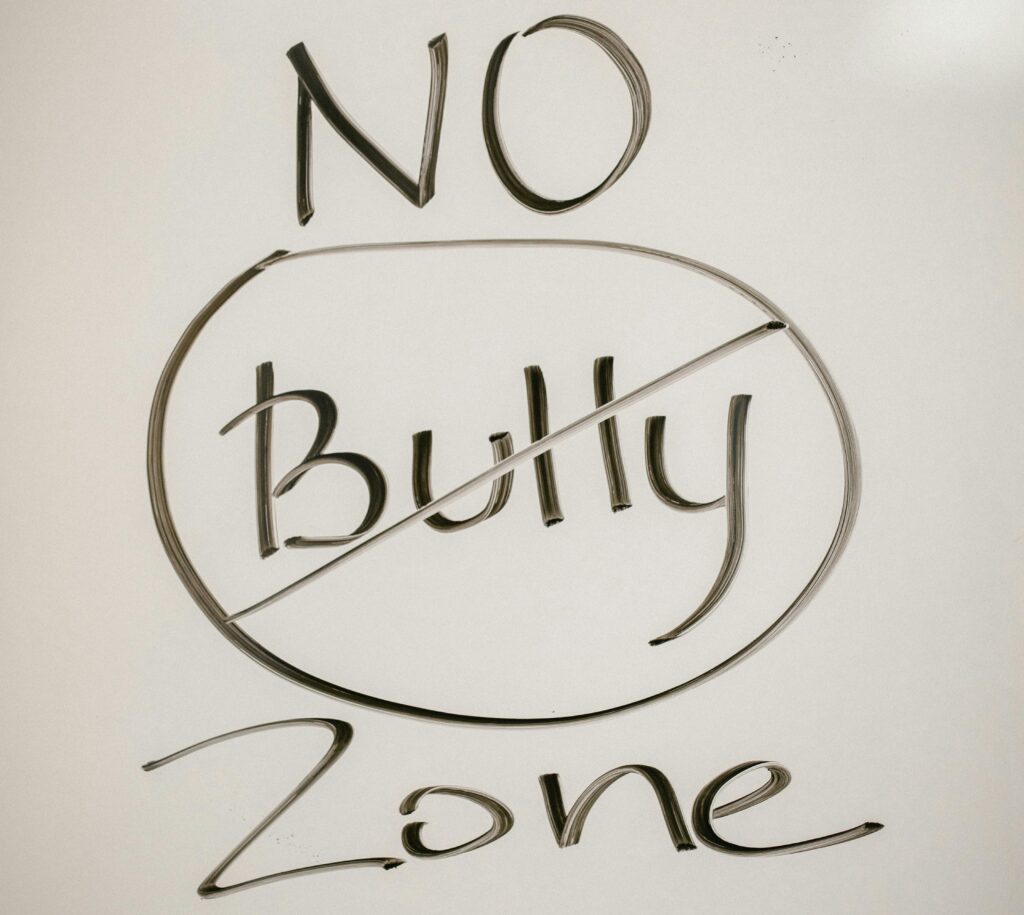Bullying, Mental Health, and Workplace Culture

October is National Bullying Prevention Month, and October 10th was World Mental Health Day. These aren’t separate observances; they are two sides of the building blocks for a positive workplace culture. Bullying corrodes psychological safety, drives anxiety and depression, and contributes to employees feeling isolated and disconnected. The consequences of bullying appear on the balance sheet as turnover, errors, lost productivity, and safety incidents. Most of us have seen or experienced bullying at school, on the job, or through the experiences of people we love.
While it is natural to focus on the person being targeted, it is essential to ask, “What about our workplace organization or culture enables the bully?” Individuals bully for many reasons. For some, it is a learned behavior that has demonstrated results in the past. For others, it may be insecurity, pressure to “get results,” or the belief that the culture will look the other way. That last one is on leadership. When culture tolerates bullying, it multiplies. In other words, “what you permit, you promote!”
Bullying at Work
Bullying is not a one-off disagreement, and it is not a supervisor holding an employee accountable for workplace performance or behavior that does not comport with workplace expectations. It is the repeated, health-harming mistreatment of a co-worker, a subordinate, and, in some cases, a supervisor. Common patterns include:
- Verbal abuse and humiliation: yelling, belittling comments, sarcasm-as-a-weapon, public shaming.
- Social and work isolation: excluding someone from meetings, information loops, or social events; “the cold shoulder.”
- Withholding and sabotage: blocking access to tools, information, or support; setting people up to fail.
- Abuse of power or position: chronic micromanagement, unrealistic targets, retaliatory write-ups, weaponized performance reviews.
- Digital hostility: group chats, emails, or platforms used to mock, exclude, or pile on.

Bullying can overlap with unlawful harassment, but they are not necessarily the same. Organizational policies and training should address both.
Consequences for People and Performance
Those targeted by a bully experience chronic stress that drives anxiety, depression, sleep disruption, and burnout. That cascades into headaches, GI problems, fatigue, and impaired concentration. This may result in greater absenteeism and higher medical claims. Teams will likely experience greater conflict, lower trust, avoidable mistakes, and reduced discretionary effort, which will likely impact the customer experience. Why would anyone choose to work in an environment where, every day, they come to work and are treated miserably? Those who have options, skills, or talents desired by other employers will leave. Turnover will increase, recruitment costs will rise, and tenure will shorten.
Create an Intentional Culture!
Great culture requires effort, time, and is an ongoing process. Core components:
- Clear, enforceable, well-defined anti-bullying policy with reporting procedures
- Train all leaders, with a focus on early intervention and documentation
- Offer multiple safe reporting channels
- Conduct thorough investigations that people trust – watch for patterns
- Provide supportive resources such as supervisory coaching and Employee Assistance program services
- Pair accountability with opportunities for development
- Follow up with targets and perpetrators and monitor progress
People can change—if incentives change and expectations are enforced. Offer coaching and skills training (self-regulation, feedback, empathy, and power-aware communication). If behavior doesn’t improve within a clear timeline, protect the team by adjusting roles and responsibilities or terminating employment. Compassion and consequences can coexist.
If You are the Target of a Bully, What Should You Do?
- Document patterns: dates, times, who was present (witnesses), what happened, impact on work/health.
- Use your resources: talk to a trusted supervisor, HR, a union/worker rep, or ombuds; report early.
- Protect your health: Use the EAP, your primary care provider, or another mental health support; care for yourself - prioritize sleep and social connection.
Bystanders matter!
If you witness a bully in action, you may be able to help using one or more of the “Five D’s!”
- Be DIRECT - “We don’t talk to people that way here,” or the way you are speaking with our co-worker is making me uncomfortable, please stop. Every situation is different; be direct: the behavior you are observing is not consistent with our organization’s culture.
- Distract – Can you do something that will interrupt or disrupt the bullying behavior? Asking the target or bully a question, or asking for help with something, or creating a distraction of some sort.
- Delegate – ask for help from a third party, explain to a manager, supervisor, security, or human resources what is happening, and ask them to take action.
- Delay – during an ongoing incident, you may decide that it is unsafe or inappropriate to intervene, but after the moment, approach the target of the bully, let them know that you saw what happened, and offer to accompany them to HR, or give them other support, which can be helpful and meaningful.
- Document – always document what happened, when and where the incident occurred, who witnessed the event, what was said, and how the incident made you feel.
The Bottom Line
Workplaces that name the problem, equip leaders, protect people, and enforce standards don’t just reduce harm—they unlock performance. Bullying isn’t a personality quirk to tolerate; it’s a safety and culture risk to manage. Prevention is a leadership choice, made visible in policy, practice, and follow-through

